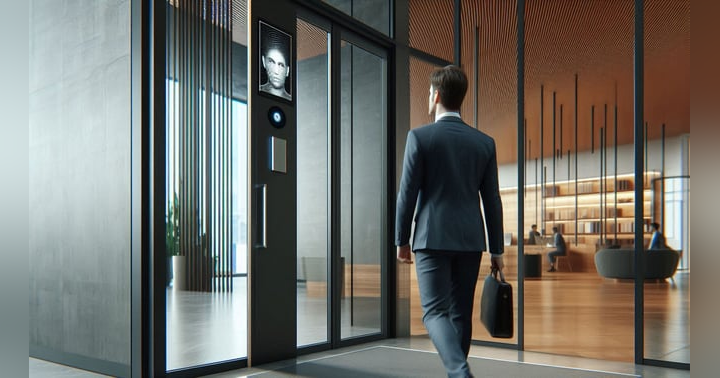Are Meeting Room Panels worth the Expense?

Luxury Item or Imperative Tool for Room Reservation Success?
Meeting Room Panels have often been considered a luxury item by many organizations, a piece of nice to have hardware that makes the office ‘look’ hi-tech but offered little tangible value. I’d argue however that their role in making an organization’s shift to a highly mobile, activity-based work environment is paramount.
The cost of these devices, vs the cost of failure of your shift to hybrid work and ultimately, real estate consolidation program is tiny. And your savings on space and employee satisfaction in return can pay exponential financial dividends, as well as improve the experience of all your people who come to use your space.
I’ve spoken to many companies over the past years about the success (or failure) of their room or desk booking program, both pre- and post-COVID.
Some are wildly successful but many either fail to gain momentum across the enterprise or in a lot of cases, fall flat.
Of the ones that fail, I hear a number of common reasons why the people believe it just didn’t work.
- “It didn’t fit our culture”
- “People never used it”
- “People never trusted it”
- “People never honored the bookings”
- “The system was never accurate”
- “It was too hard to use”
Along with a raft of others….
Now on the surface, these all may well be true, but when you dissect how these programs were implemented, and actually speak to the people on the ground about their use of the system, or lack thereof…
… you almost always find a different answer.
To make any transition like this successful, the people need to feel they are either getting something out of any extra effort they’re putting in, or it needs to occur as part of their natural workflow.
Meeting Room Panels help solve the friction room booking deployment creates by acting as the traffic light of the workplace.
- They make is really easy to rapidly identify which spaces in someone's direct vicinity are available.
- They set the social expectation on the duration of availability and;
- They make is really easy to do the right thing and make reservations in the natural workflow they perform while looking for spaces to collaborate.
They also have the ability to provide valuable information about the space before the people enter, such as temperature, occupancy levels, air quality and
I share more details, along with some stories of prior deployment successes and failures, together with a small test you can perform in your workplace to see what value they’ll add in a special bonus episode of the Creating Smarter Spaces podcast.







